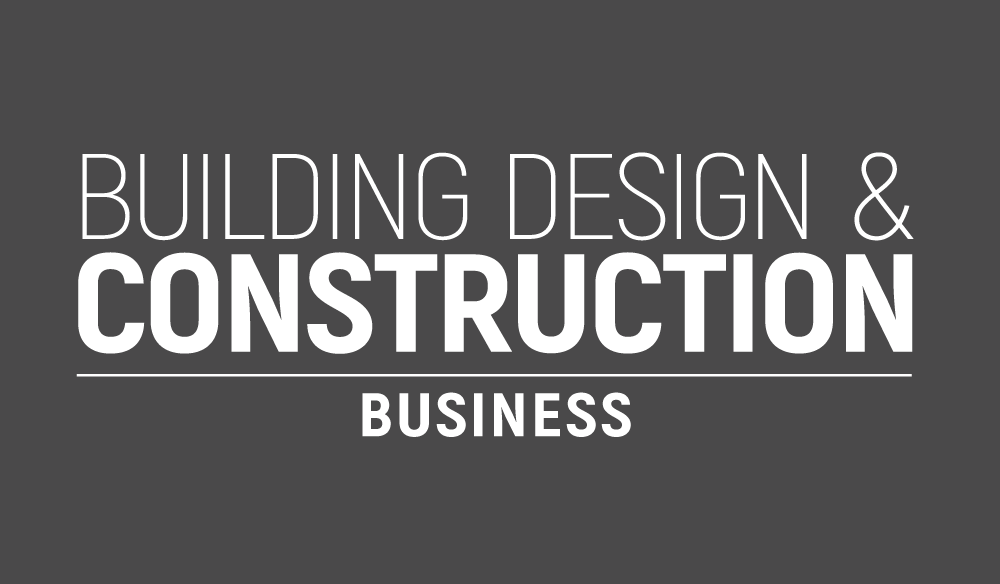Maui has a lot of appeal. The natural scenery, slower pace, and sense of community draw people in. Some buyers want to escape crowded cities. Others want to build a second home, retire here, or start fresh. But building in an island setting has its own set of rules. You’re not just working with contractors. You’re working with local laws, limited resources, zoning rules, and supply chains that depend on shipments from off-island.
This guide walks you through the full journey of building a home in Maui. If you’re serious about building here, this is what you need to know.
1. Picking the Right Part of the Island
Maui isn’t just one place—it’s several regions with different climates, landscapes, and price points. Choosing where to build is one of your first major decisions. South Maui offers sunshine and beaches, but land is limited and usually expensive. West Maui has views and resorts, but weather and traffic can affect daily life. Upcountry areas like Kula or Pukalani are cooler and quieter, with larger lots and less tourism. The North Shore and East Maui are greener, with more rain and some off-grid lots.
You also need to think about access to schools, hospitals, and stores. Even internet service and road conditions vary by region. If you’re building for daily life, convenience matters.
2. Smart Financing Starts Early
Financing a new build takes more than a regular mortgage.
You’ll need solid credit, proof of income, and a detailed budget. Lenders often want to see a full construction plan, including the contractor bid and projected timeline. Keep in mind that some lenders outside of Hawaii may not finance land or builds in Maui. Talk to a local lender early, before you commit to buying. This is important if you’re buying land in Maui as part of a long-term relocation plan.
3. Understanding What You Can Legally Build
Maui’s zoning system affects what kind of home you can build, how big it can be, and what structures are allowed. If your land is zoned as Residential, you’re usually limited to one or two homes depending on lot size. Rural zoning offers more space but still has limits. Agricultural zoning has the strictest rules. These lots are larger, and you must commit to using at least half the land for farming or similar use.
Some people buy lots hoping to add guest cottages, but zoning may not allow it. Others expect to subdivide land in the future, but not all parcels qualify. The best approach is to check the county zoning maps and request written confirmation. Don’t rely on what the listing says. If you plan to build something unique, check first to see if it’s even allowed.
4. Checking for Power, Water, and Internet
Not all land in Maui comes with ready-to-use utilities. Some lots in rural or Upcountry areas may not have water meters. Others may not be connected to the electrical grid. It’s common to find listings that mention “off-grid potential,” which usually means you’ll need to install a solar system or water tank.
Before buying a lot, ask what utilities are in place—and get it in writing. Even if there’s a power line nearby, it may cost thousands to run it to your property. If no water meter is available, you might need to wait years for one to be assigned, or pay to dig a well. The internet can also be an issue in more remote areas. Fiber and cable aren’t always available, and you may need to use satellite internet instead.
5. Why Hiring a Local Architect Is Worth It
You may be tempted to use a mainland architect, especially if you already know one. But designing for Maui’s land and climate takes local experience. A good local architect understands slope, drainage, wind, sun direction, and ocean exposure. They can also help you work with county permitting, which speeds up the process.
Local architects also tend to know the builders, engineers, and surveyors who work on the island. That makes the entire project flow more smoothly. Some design firms offer full design-build packages, which keep all parts of your project under one roof. That can make a big difference when you’re trying to manage timelines and avoid surprises.
6. The Permit Process Takes Time and Planning
Once you have your plans ready, you’ll need to get them approved by Maui County. Most projects go through the Department of Public Works and Planning Department. If your lot is near the shoreline or within the Special Management Area (SMA), you’ll also need to apply for an SMA permit. These permits are meant to protect coastal resources and come with extra review steps.
The permit timeline depends on your location, zoning, and the completeness of your plans. Simple residential builds outside of coastal zones might get approval in 6 to 9 months. Coastal builds or homes on steep terrain can take a year or longer. If your design needs adjustments, expect additional delays. To avoid issues, work with professionals who are familiar with the local process. Don’t try to rush through permit steps—they are required and closely monitored.
7. Build Timelines Are Longer Than You Expect
Many people underestimate how long it takes to go from raw land to a finished home. After buying land, you still have to design your home, get permits, and prepare the site. Even before building starts, you might wait months for approvals or utility connections. Once construction begins, the pace depends on weather, crew availability, and material lead times.
A small home on a flat lot with ready utilities might take 10 to 14 months from permit approval to completion. Larger or more complex builds can take 18 to 24 months. If you’re planning to live on the island full-time, plan for temporary housing during the build. Staying flexible with your move-in date will help you stay calm as delays come up.
Building a home in Maui takes time, effort, and patience. It’s not a quick or easy process. But for many, it’s worth it. You get to design a home that fits your life and enjoy one of the most beautiful places in the world. With the right plan, the right team, and clear expectations, the process becomes manageable.
Understanding each step—from choosing your land to passing the final inspection—can save you stress and prevent mistakes. Take your time, ask questions, and work with professionals who know the island well. If you’re serious about putting down roots, building in Maui can be one of the most satisfying choices you’ll ever make.






